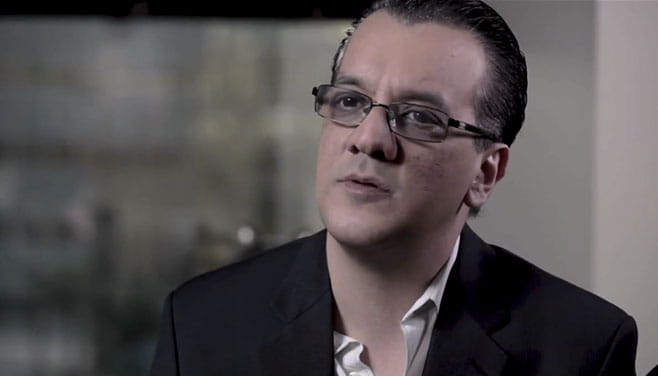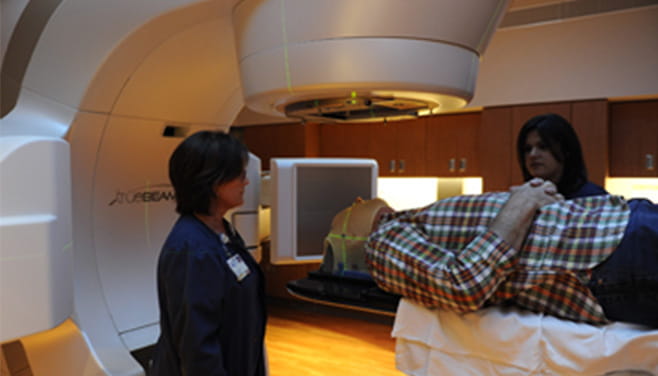Primary CNS Lymphoma
Let Us Help You Find a Doctor
Let Us Help You Find a Doctor
U.S. PATIENTS:713.441.3800
Find a Primary CNS Lymphoma Specialist Near You
Houston Methodist’s primary CNS lymphoma specialists provide the highest level of expertise in diagnosis and care, combining diverse technical skills in a compassionate, caring atmosphere.
Houston Methodist neurologists offer the most advanced treatments available for primary CNS lymphoma (PCNSL). This rare type of non-Hodgkin’s lymphoma is aggressive and can spread quickly. Treatment requires the expertise of a team with access to the latest research and the most cutting-edge therapies available.
Neurologists at the Kenneth R. Peak Center for Brain and Pituitary Tumor Treatment and Research tailor treatment plans to ensure the best possible outcomes for PCNSL tumors deep within the brain. Advanced, non-surgical treatment options — many of which are researched and developed at Houston Methodist — can offer effective treatment and a higher quality of life, with fewer long-term side effects.
Neurologists at the Kenneth R. Peak Center for Brain and Pituitary Tumor Treatment and Research tailor treatment plans to ensure the best possible outcomes for PCNSL tumors deep within the brain. Advanced, non-surgical treatment options — many of which are researched and developed at Houston Methodist — can offer effective treatment and a higher quality of life, with fewer long-term side effects.
Diagnosis and Treatment of Primary CNS lymphoma
Learn More About Primary CNS Lymphoma
Patient education and community resources for brain tumor treatment and recovery.
Brain Tumor Education >
Innovations in Radiosurgery and Radiation Therapy
Novalis® radiosurgery delivers a non-invasive, focused radiation to treat cancerous and noncancerous conditions of the entire body with one-of-a-kind shaped-beam technology.
It uses focused beams of radiation — directed to the precise shape and location of the tumor — to shrink and eliminate the cancer while safely passing through healthy brain tissue. Patients formerly thought to be terminal with inoperable tumors can now be safely and effectively treated. Having this technique available often converts a situation with limited life expectancy to one of long-term survival.
It uses focused beams of radiation — directed to the precise shape and location of the tumor — to shrink and eliminate the cancer while safely passing through healthy brain tissue. Patients formerly thought to be terminal with inoperable tumors can now be safely and effectively treated. Having this technique available often converts a situation with limited life expectancy to one of long-term survival.
Choose a Doctor at One of Our Locations
FILTERS:
Clear All Filters



